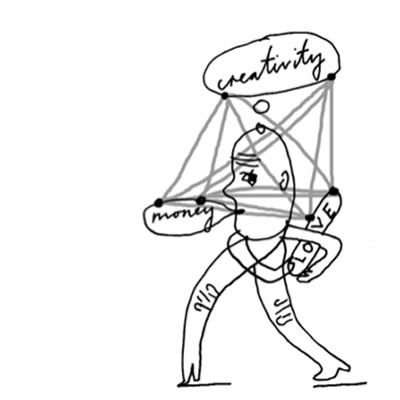First published on November 2011.
More than ever, creativity has become a competitive asset, as economies scramble up the economic ladder, or (like the U.S.) work to hold their place at the top. Cities, states and nations that harness the creative energy of their citizens are most likely to be innovators – and innovation is critical to meeting many of the economic, technological and governmental issues we face as a society.
How do we harness that creative energy? Much of the answer lies in the systems we design and live in: technology platforms built on open architectures, businesses that empower customers and employees – and invite their contribution, physical spaces such as buildings and cities that facilitate human interaction, and communities that are rich in culture and deliver a high quality of life.
We can see this reflected across the spectrum. There is a link between technological creativity and the arts – so art and music have economic importance. Schools that encourage critical analysis and creative thinking, and enable each student’s innate skills to blossom, are a prerequisite.
In the end, economic creativity is linked to diversity. As brilliant as any individual may be, they will probably become more creative and productive through interaction with people whose different backgrounds and perspectives helps stimulate fresh ideas, new ways of thinking, and new ways to tackle problems. Monocultures are rarely creative – at least not for long. Cultures and organisations with diversity and flexibility are.
 Creativity Money Love: Learning for the 21st Century by Creative & Cultural Skills is licensed under a Creative Commons Attribution-NonCommercial-NoDerivs 3.0 Unported License.
Creativity Money Love: Learning for the 21st Century by Creative & Cultural Skills is licensed under a Creative Commons Attribution-NonCommercial-NoDerivs 3.0 Unported License.
Illustrations by Paul Davis - http://copyrightdavis.blogspot.com/


